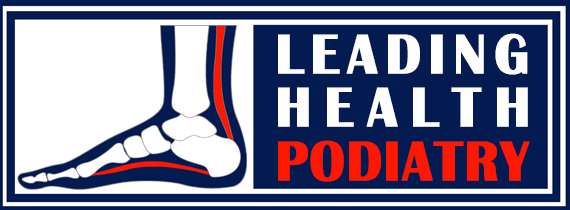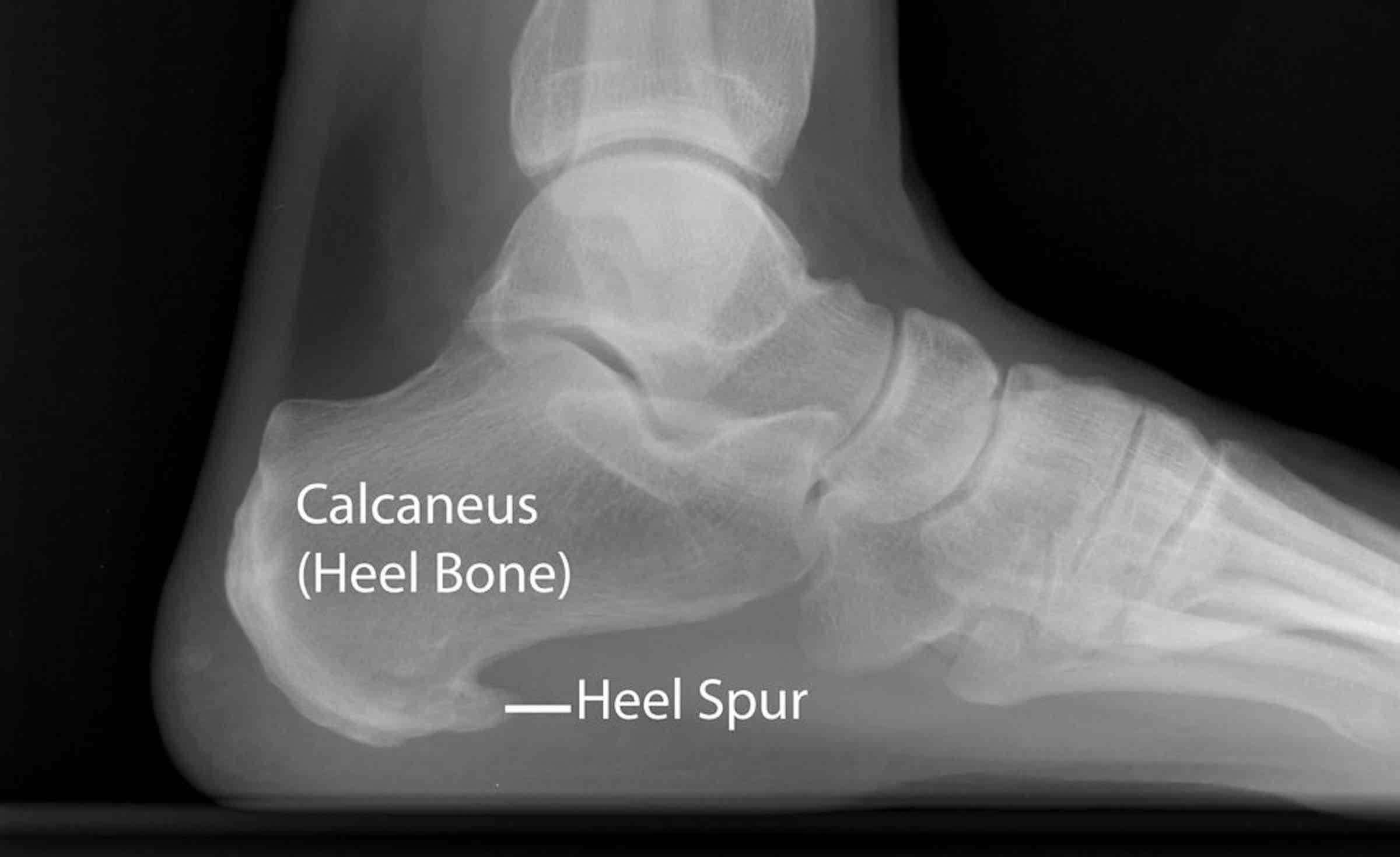Heel Spur: Understanding the Silent Foot Culprit in Modbury
If you’ve ever felt a sudden, sharp pain in your heel, you might be dealing with a heel spur. These bony protrusions on the heel bone are surprisingly common—about 38% of adults have one, often without realising it.
What Is a Heel Spur?
A heel spur is a calcium deposit that forms on the underside of the heel bone (calcaneus). Typically, they develop in response to stress and strain from activities like running, jumping, or even prolonged standing. Over time, this pressure can cause the body to deposit extra calcium at the site, leading to a spur.
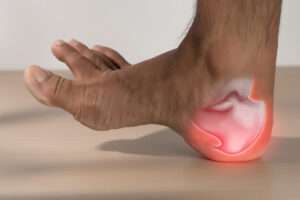
Why Do Heel Spurs Form?
Heel spurs are often the result of chronic stress on the foot’s connective tissues, particularly the plantar fascia—a thick band of tissue running across the bottom of your foot. When this tissue is overstretched or strained, it can lead to inflammation and, eventually, the formation of a heel spur.
Heel Spurs and Pain: The Silent Connection
Interestingly, having a heel spur doesn’t always mean you’ll experience pain. Many individuals with heel spurs remain symptom-free. However, if the spur causes irritation or pressure on surrounding tissues, it can lead to discomfort. Additionally, a heel spur can predispose individuals to plantar fasciitis, a condition characterized by inflammation of the plantar fascia, leading to heel pain. Cleveland Clinic
Heel Spur Prevalence: Who’s at Risk?
Approximately 38% of the adult population has a heel spur, though many are unaware due to the lack of symptoms. The prevalence increases with age, particularly in individuals over 60.
When Heel Spurs Become Painful
While heel spurs themselves are often painless, they can become problematic if they fracture or if the pressure from the spur leads to inflammation in nearby tissues. This can result in sharp heel pain, especially during activities that put pressure on the foot.
Heel Spurs and Plantar Fasciitis: A Common Duo
Heel spurs are frequently associated with plantar fasciitis. In fact, about 70% of individuals with plantar fasciitis have a heel spur. The presence of a heel spur can exacerbate the symptoms of plantar fasciitis, making treatment more challenging.
Treatment Options in Modbury
If you’re experiencing heel pain in Modbury, it’s essential to consult with a podiatrist. Treatment options may include:
Orthotic Devices: Custom insoles can help redistribute pressure and alleviate pain.
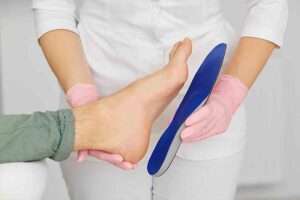
Stretching Exercises: Targeted stretches can relieve tension in the plantar fascia and Achilles tendon.
Physical Therapy: A tailored program can strengthen foot muscles and improve flexibility.
Shockwave Therapy: This non-invasive treatment promotes healing in chronic cases.
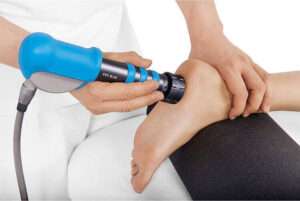
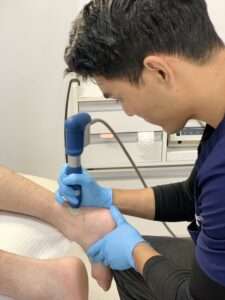
Surgical Intervention: In severe cases, surgery may be considered to remove the spur or repair damaged tissues.
Preventing Heel Spurs: Tips for Healthy Feet
To reduce the risk of developing heel spurs:
Wear Supportive Footwear: Choose shoes with proper arch support and cushioning.
Maintain a Healthy Weight: Excess weight can put added stress on your feet.
Avoid Overuse: Take breaks during activities that involve prolonged standing or high-impact movements.
Stretch Regularly: Incorporate foot and calf stretches into your daily routine.
Conclusion
Heel spurs are common foot issues that often go unnoticed due to their silent nature. While they may not always cause pain, they can lead to discomfort and conditions like plantar fasciitis if not addressed. If you’re experiencing heel pain in Modbury, consult with a podiatrist to determine the best course of action for your foot health.
